Chances are, you’ve heard a yoga or meditation teacher mention intention setting at least once. But if they just mentioned setting an intention in passing, you have wondered what exactly they meant.
Intention setting is a vital component of both spiritual practice and day-to-day life. Setting an intention can help you cultivate more awareness and mindfulness and create healthier habits and behaviors.
So, if you’re interested in learning this powerful tool, read on to discover what intention meditation is and how to do it.
Contents
What is an intention?
An intention is similar to a goal or objective and is commonly used in mindfulness practices like meditation and yoga. In yogic teachings, the word intention relates to the Sanskrit word “Sankalpa.” San means “to become one with,” and Kalpa means “subconscious mind.” Therefore, a Sankalpa/ intention is about connecting with your inner self and your deepest desire.
You don’t have to be a meditator or yogi to set an intention, though. Anyone can do a short intention-setting practice at the start of each day, week, or month. Setting an intent will give you more focus and direction, resulting in more motivation, discipline, and productivity.
What is the difference between an intention and a goal?
Although people may use them interchangeably, intentions and goals are not the same things. A goal is the desired outcome you wish to achieve in the future, like earning a certain amount of money.
On the other hand, an intention is a quality, attribute, or energy you want to cultivate more of or a habit you want to create to create peace and alignment in your life. When you set an intention, you state what positive change you want to make. Thus, the main difference is that a goal has a required result, whereas an intent does not.
What is the difference between an intention and an affirmation?
Affirmations are phrases you repeat to yourself during meditation or in daily life. You do not chant or recite your Sankalpa; you simply keep it in your mind as you meditate or go about your day.
With affirmations, you repeat them regularly as you try to program that belief into your mind. However, the purpose of an intention is to remind you of your focus, so you do not go off track.
What is intention meditation?
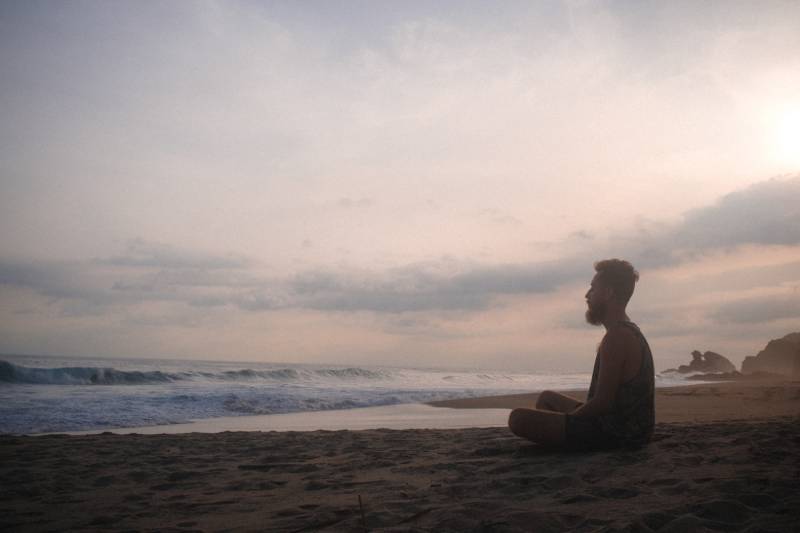
Intention meditation is the practice of setting an intention in a meditative state. You can do it in two ways. The first is to start your meditation practice with your resolve, as traditionally done in yoga practice, yoga Nidra, and iRest meditation. Or, you can focus on your intention during the entire session.
While you can set intentions whenever you want, doing it as part of your meditation practice can make it more effective. As Melanie Richards in her TEDx talk says, meditation helps you let go of resistance, and intention setting helps you move towards where you want to go.
Setting an intention during meditation will also help you discover what you really want. If you try setting a Sankalpa randomly, you may choose the one you think you should set rather than what you truly desire. However, when you create your Sankalpa during meditation, the relaxed and reflective state allows you to set a powerful intention aligned with your most authentic self.
Intentions can also make your meditation practice more profound. They give you a focus for your meditation, making it easier to direct your busy mind onto one thing.
What is the purpose of intention setting?
Setting intentions can serve many purposes around spiritual and personal growth.
Our fast-paced lifestyles can make us lose touch with our soul’s desires and our life purpose. We get caught up in the rat race, trying to make money or create a good image of ourselves to impress others. Intention setting and meditation help us step away from our outer lives and return to our inner selves. From this place, we can discover what we truly seek and how we can get there.
In addition to finding clarity, intentions can help you stay focused and on the right path. They also provide accountability, giving you more control of your life to steer it in the direction you want. And of course, like all meditations, intention meditation helps you connect more to the present moment, reducing stress and anxiety and increasing mindfulness.
How to set intentions for a meditation session
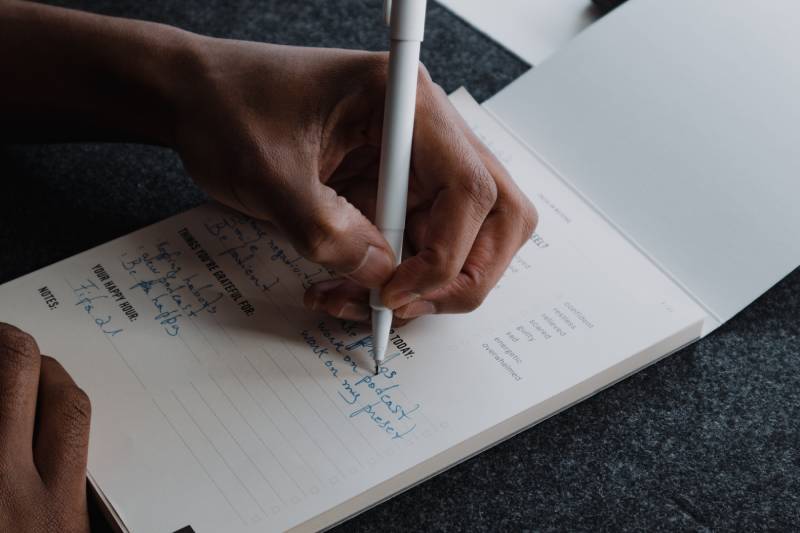
1. Self-reflect
If you’re new to intention meditation, you may feel unsure about how to set your intention. Sometimes our resolves come to us straight away, like if we had a very stressful week, our intention could be to create peace and calm.
However, sometimes finding the right intention is not so easy. In these cases, I recommend asking yourself a few self-reflection questions. You may prefer to journal your answers or just think them through in your head.
Here are three intention-setting questions to ask yourself at the beginning of your meditation session.
- What matters most to you right now?
- What can you let go of? Is there something you are holding onto that is no longer serving you? Perhaps a resentment, regret, grudge, or negative thought?
- How do you want to show up today? What type of person do you aspire to be, and what values do you need to possess to be that person?
2. Write it down
Once you have set your intention mentally, write it down. The physical act of turning intentions into words is much more powerful than just thinking them in your head.
3. Let it go
An essential part of setting intentions is surrendering. Remember, the amount of control you have over your life is limited. Thus, all you can do is declare what you want to the universe and then allow the universe to do its work. So don’t tightly hold onto your intention, wishing and wanting it to happen. Instead, embrace the freedom that comes from not having control over the result and trust that what is meant to be, will be.
Intention examples
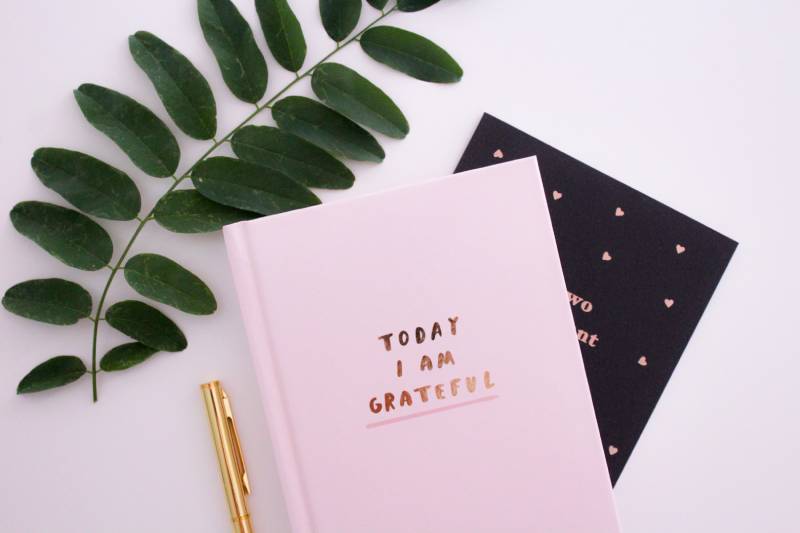
There is no right or wrong intention, as they are very personal and can relate to any area of your life. Still, most people set Sankalpas around their health, wellbeing, or spiritual journey.
Intentions can be based either on the short or long term. For example, a short-term intent could be how you want to feel this day or this week. A long-term one could be a change you want to make to move closer to one of your bigger goals.
The most important thing when setting an intention is to create your intent in the present tense, just like with affirmations. So instead of saying you will do something, say it as though it is already the truth. Here are some examples of intentions:
- I treat others with compassion and kindness.
- I choose peace and love over hate and conflict.
- I live gratefully and appreciatively.
- I nurture my body, mind, and soul every day.
- I seek balance in all areas of my life.
- I treat others with patience and understanding.
- I take rest whenever I need it.
- I let go of all fear and anxiety that is holding me back.
- I accept and embrace any change that comes my way.
- I prioritize my well-being and make healthy decisions.
Intention meditation practice
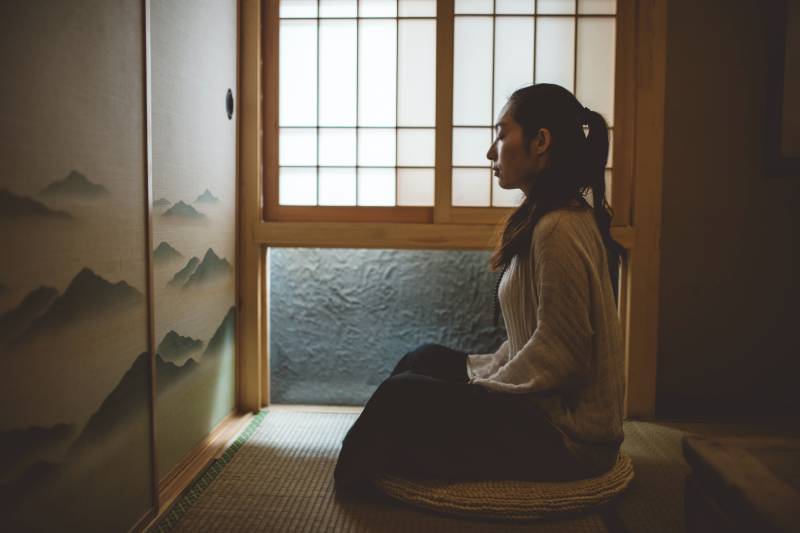
By following the above steps, you can develop intentions that truly and deeply matter to you. You can then revisit them at the beginning of every meditation practice as a way to anchor to the present moment.
Another way you can work with intentions in meditation is with a specific intention visualization meditation. Here is an example:
Breath awareness
Take a few minutes to breathe deeply and fully, bringing your attention to the sensation of your breath in your belly and chest. Once you feel centered, shift your awareness to your mind’s eye (the space between the eyebrows).
Visualization
Begin to visualize yourself living your ideal, dream life. Envision the scenario as though it is happening in the present moment; for example, see yourself at your current age. In your visualization, consider the following things.
- Where are you? What is the environment around you like? If you are in a house, what does the house look like?
- How do you look? What about your appearance is different?
- How do you feel? Name the emotions that come up.
- What does your work life look like? What does your personal life look like? What are your daily habits?
- Who are you spending your life with?
Take your time and don’t hold back; visualize with as much detail as possible. Stay in the vision for as long as you need until you have clear answers to the questions above.
Path actualization
Next, ask the universe what you need to do to make this vision a reality. Once you ask the question, take a few moments to just breathe as the answer comes to you.
Try to come up with a few goals or milestones you need to pass through to reach this point. Try to put these milestones in chronological order so you can see a clear path from where you are now to your highest self.
Habit creation
Now you know the path that will lead you to your highest self, ask yourself, “what do I need to change about myself to become that person?” and “what quality do I need to cultivate?”
You will most likely need to create a new habit or daily practice to help you cultivate this quality and, thus, move forward. For example, suppose you determine that you need to become more productive. In that case, you might create a healthy morning routine of meditation, exercise, and planning your day to start your day with a focused and motivated mindset.
Declaring your resolve
Once you uncover the quality or habit/daily practice you need to create, turn this into your intention. Using the example above, your intent could be “to start each day with healthy, positive activities.” Declare your intention to yourself and the universe. Sit with the energy, breathing into it for a few minutes.
Journaling
Before you finish your meditation, write down your intention and the path leading you to your highest self. Lastly, journal any insights or ideas that came up during the meditation.
You can find many similar guided intention meditations on Youtube and on meditation apps. One of my favorites is this Guided Meditation On Setting Intentions and Living in Alignment.
Intention setting practice tips
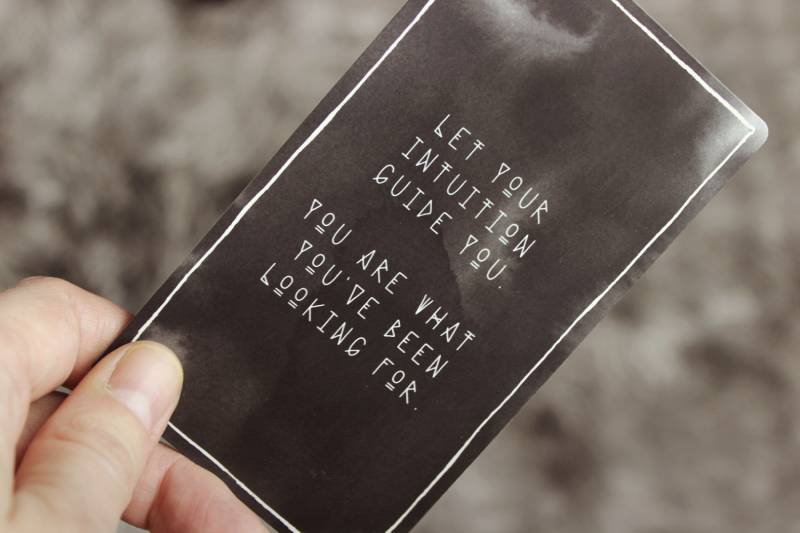
Here are a few additional tips to ensure success in your intention meditation.
Create a calm environment
Before you begin the meditation, create a peaceful and calming environment where you can go inwards and reflect on what you truly desire. This involves choosing a quiet place where you will not be disturbed. Ensure no loud, distracting noises are around, like your children playing or dogs barking. If you cannot find a quiet spot, use headphones and play calming music at a low volume.
Low light also helps to create a calm environment, so turn off any bright lighting and light a candle instead. Then, add some soothing scent with incense or essential oils.
Find a comfortable posture
Make sure your body is entirely comfortable. If you’re experiencing any pain or tension, you’ll struggle to connect with your inner being. One of the simplest ways to get more comfortable in a seated meditation posture is to elevate your hips by sitting on something firm yet soft. A meditation cushion is ideal, but a pillow from your couch will also work.
Take time to center yourself first
Don’t jump straight into your intention meditation practice without taking a few moments to ground and center yourself. This is especially true when meditating after yang or stressful activities like dropping the kids to school or working out.
Close your eyes and take more than one deep breath. Inhale through your nose until you fill your lungs completely, and then exhale through the move fully. Do this as many times as needed until you feel a sense of calm come over you.
Ensure your intention is positive
While you probably won’t consciously set a pessimistic intention, you may unknowingly add an element of negativity to your resolve. An example is an intention around not wanting something to happen, like “I don’t want to feel stressed anymore.”
When you do this, you’re still emphasizing the thing you don’t want to happen, in this case, stress. So instead, change it to “I want to feel a sense of calm and peace.” This way, you are putting energy into the quality you want to cultivate, not the one you want to avoid.
Don’t be too specific
Remember that intentions are not goals; thus, you don’t have to create a super specific intention. In fact, the broader it is, the better, as it may not come about the way you expect it anyway. The more you stay open to the infinite possibilities, the more chance your intention will manifest.
Final thoughts on intention meditation

One last piece of advice; have patience and stay realistic! Intentions require long-term dedicated action, so your life won’t change from one intention meditation practice. However, setting an intent will help you connect to your truth, notice what you need to change, and create a path to move forward. The awareness that intention setting cultivates allows us to progress along our paths to more fulfilling lives. Enjoy the journey!



Great read and thank you for sharing! I believe it is possible to have things like ego, unhealthy sentiments and negativity cloud one’s direction when forming intentions. There can be a difficult path if one’s mind is troubled. This is why spiritual teachings are important, they help guide is on a “correct” path which can help unburden unnecessary suffering.
This is helpful for beginners like me. Thank you. Sending love.